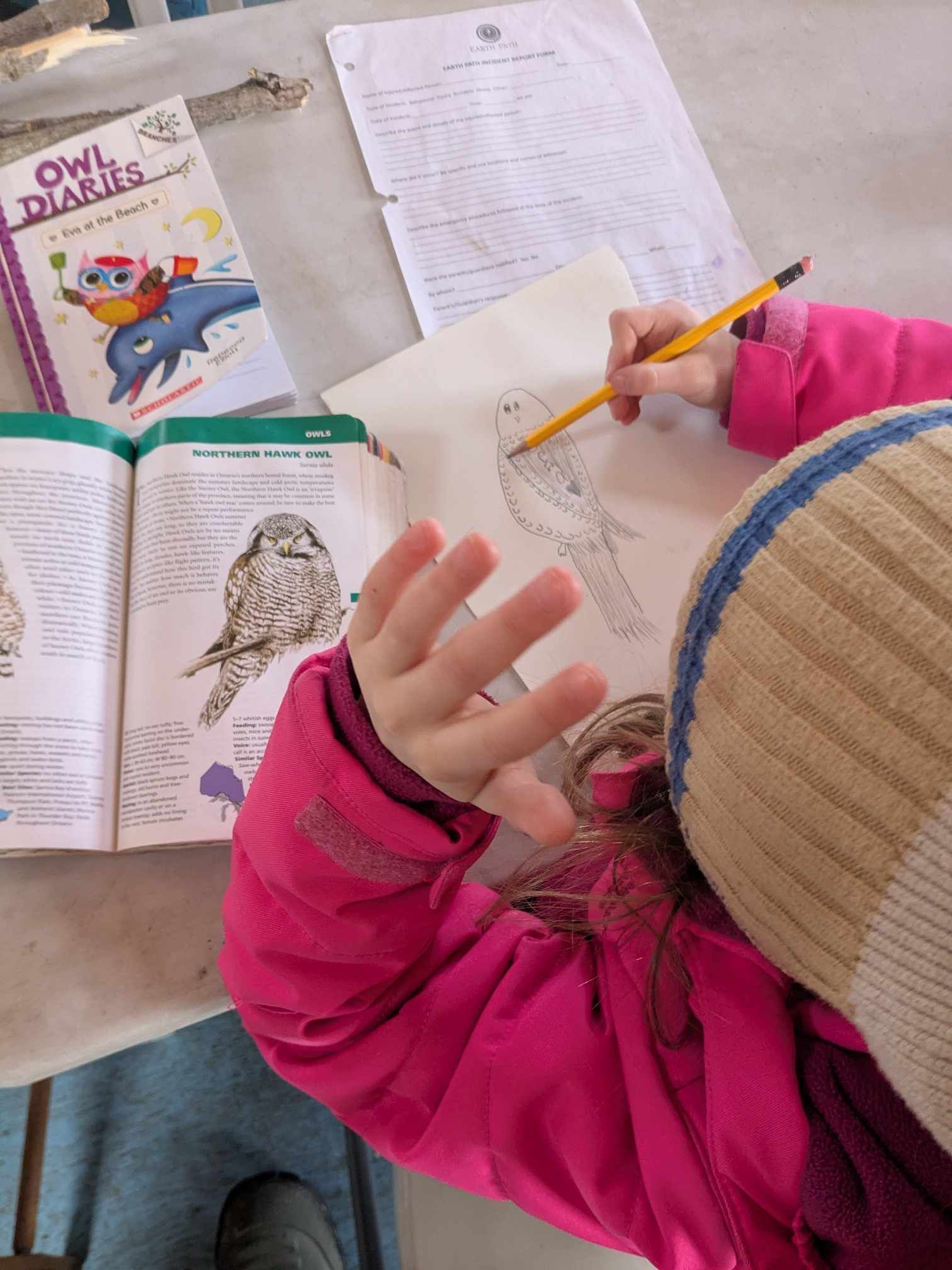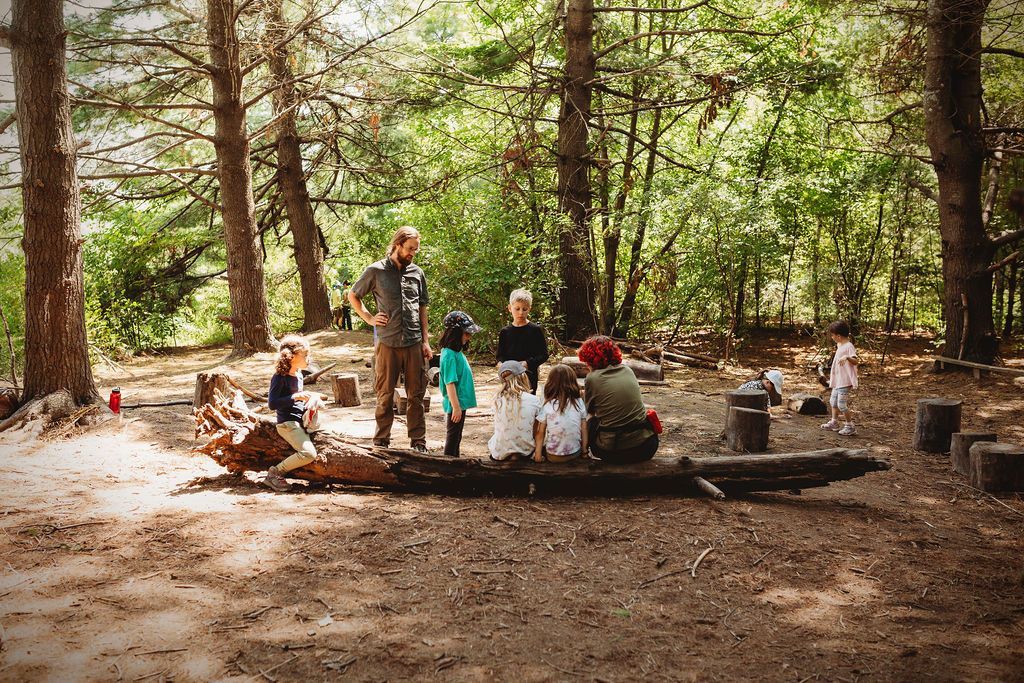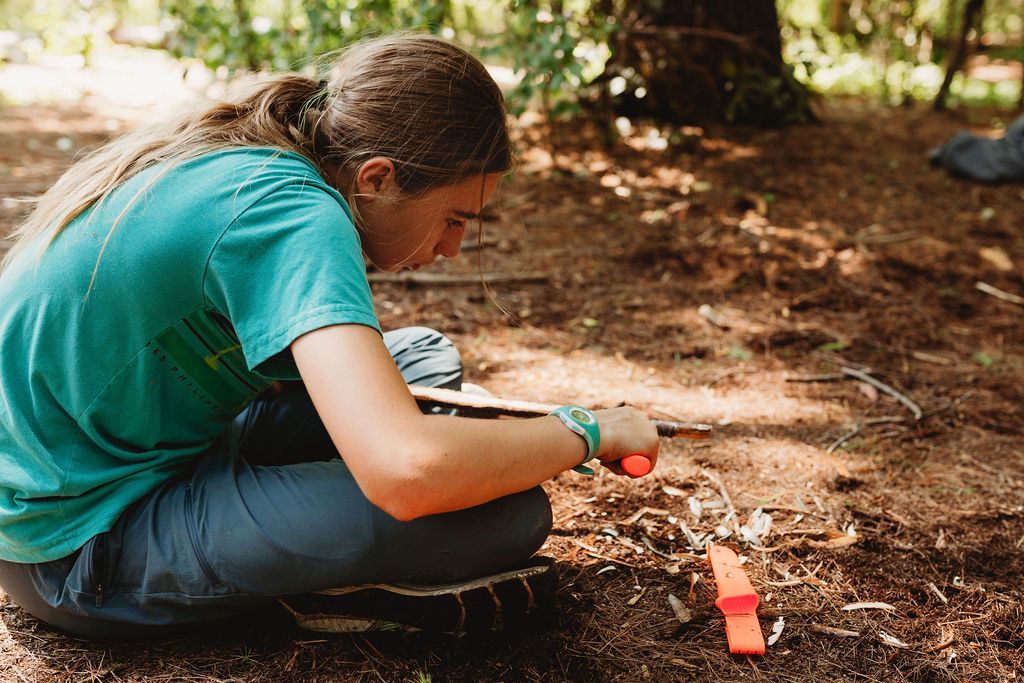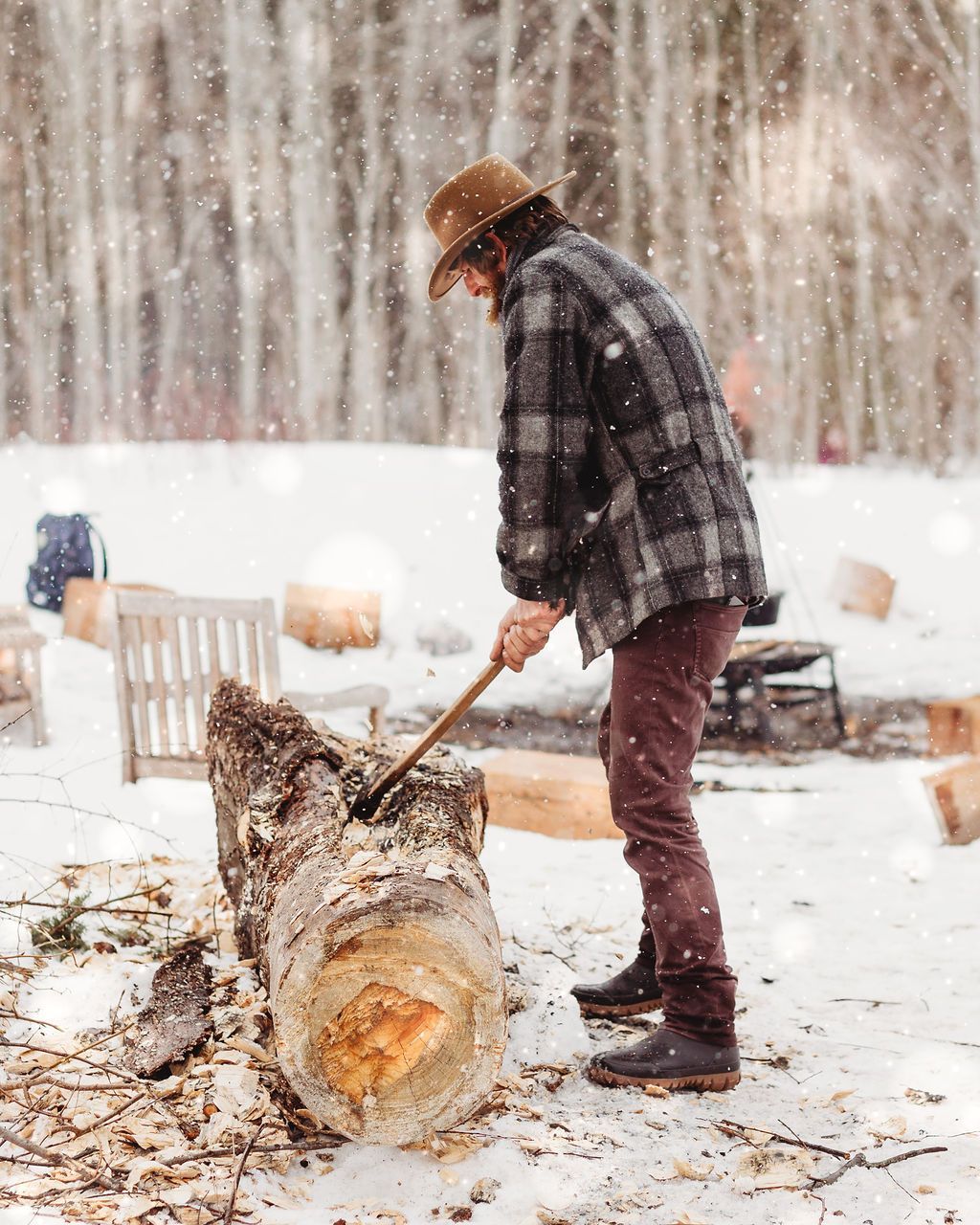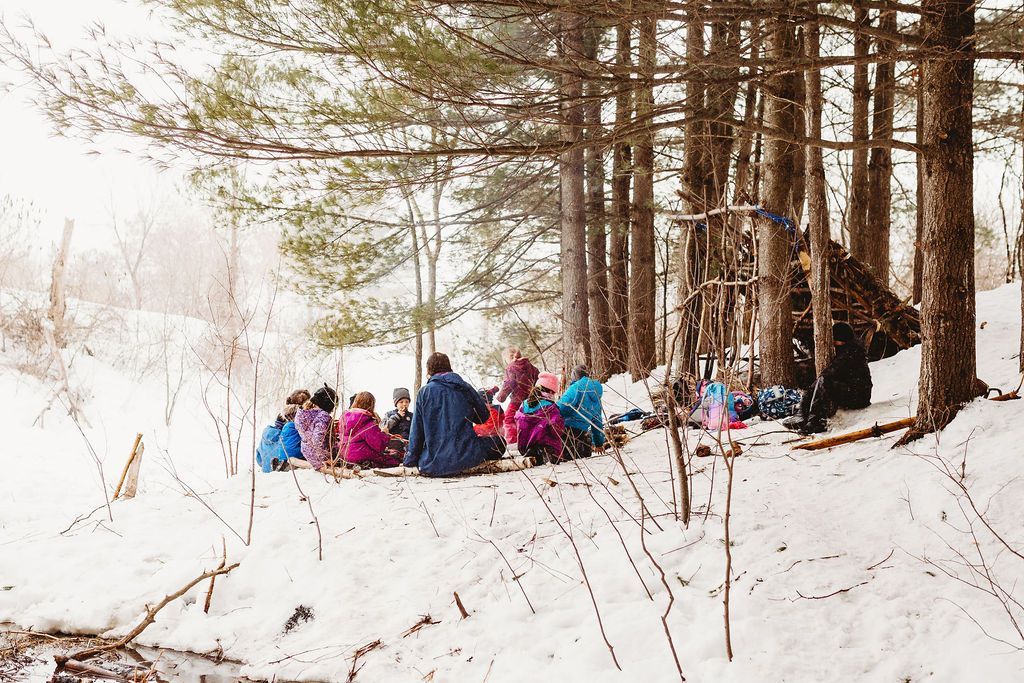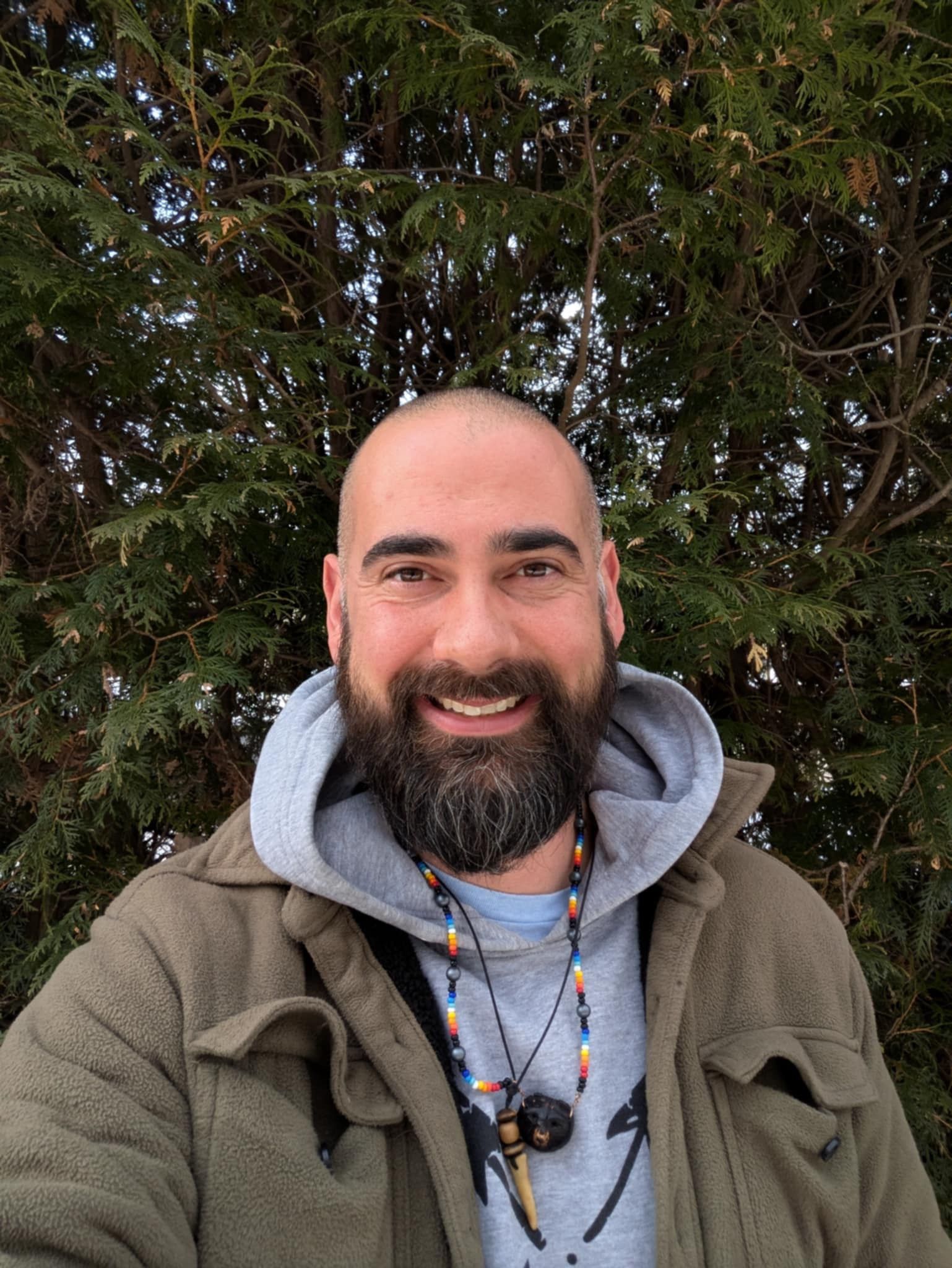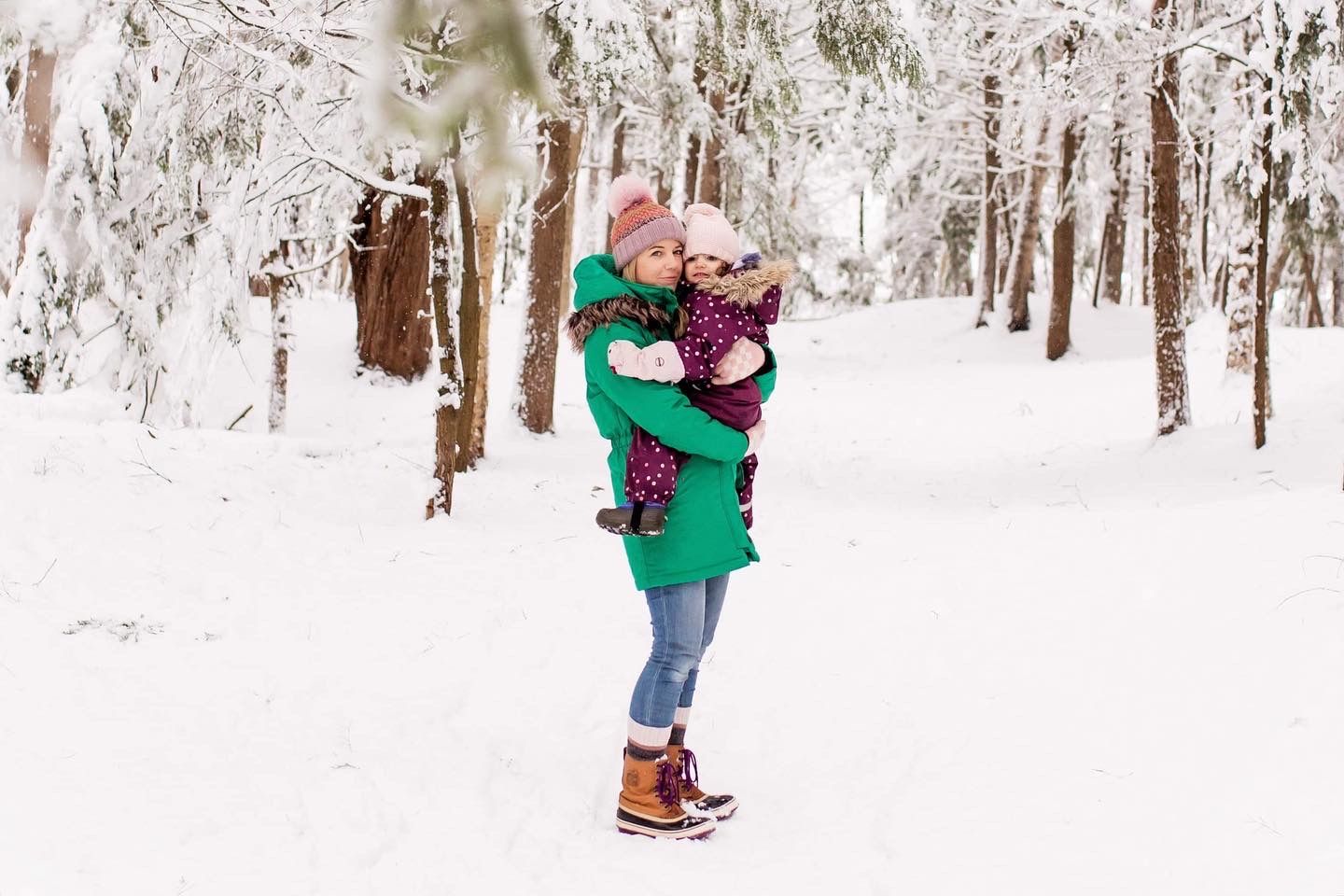Becoming the Bear: Helping a Child Find His Way Through Wild Spaces
At Earth Path, we sometimes meet children who arrive with a sense of uncertainty - hesitant to fully step into the wildness of nature. Whether it's the tall grasses of an open field or the shaded quiet of the forest, our landscape can initially feel vast and overwhelming. Unlike manicured public parks, Earth Path's natural spaces are alive and unpredictable - home to ticks, hidden burdock burs, uneven terrain, and plants so tall they can seem towering when you're only little. As adults, it's easy to forget that some fields have plants so tall that young children can't even see beyond the next blade of grass.
This is the story of "S," a young camper, and his journey of courage and transformation - guided by imagination, belief, and a little bear magic. S had attended Earth Path before, but during this particular summer something shifted. The tall grasses sparked deep, visceral anxiety. He wasn’t just hesitant - he was terrified. The thought of ticks made him panic. Even the sound of rustling grass or the sight of it brushing against his skin would send him into tears or frantic screams. He clung to the open trails like lifelines, flat-out refusing to step even an inch into any area where the grasses rose above his knees. His fear held him frozen at the edge of the wild.
At a nature-based program like Earth Path, engaging directly with the natural world is central to the experience. So, I created a two-part plan to help S build confidence: first, we would nurture emotional courage through imaginative storytelling; second, we would introduce a practical tool to help him cope with the sensory discomfort of the grass brushing against his skin.
One of the great joys of working with ages 4–6 is their vivid imaginations and their open-hearted belief in magic. Their minds are still forming in wondrous ways, which allows stories and symbols to speak directly to their experience.
I called S over to a sunny patch where Tansies grew - one of my favourite flowers - and invited him to notice their vibrant yellow blooms. Once he was engaged, I asked if he'd ever seen the work of the magic beetle. He hadn’t, so I invited him on a special mission to find one.
Together, we made our way to the spruce tree line north of our main play area, searching for a fallen tree marked with the signature trails of bark beetles. We found one, and as we traced the delicate, maze-like paths etched into the wood, wonder lit up his face. At just the right moment, I asked if he wanted to know how the magic worked.
He nodded eagerly.
I explained how bark beetles carve these pathways into the bark… and how, if you know how to look, you can find sticks infused with "path magic." These sticks, I told him, can help us make our own paths, especially when the way forward feels uncertain.
We returned to the patch of Tansies, our place of connection, and I demonstrated how to use a "magic path stick" to gently part the tall grasses. I invited him to try. At first, he hesitated, body tense with fear. But after a few small movements, he began to step forward, one step at a time, until he entered a new clearing, eyes wide with wonder. "It worked!" he exclaimed.
As I approached, I told S that my necklace, which holds a few small bear paw bones, felt warm - like it wanted to be shared. I removed the leather cord from my neck, opened the pouch, and invited him to feel the bones - he was surprised that they were warm to the touch. Of course, the warmth came from my body heat, but in the mind of a child his age, this warmth was pure magic.
I began to tell him a story: the way he moved through the grass reminded me of a bear - a great path-maker with a powerful presence. I showed him how a bear might walk, using wide steps to push the grass aside. Then I suggested, perhaps, that the bear bones recognized that he, too, was a path-maker - and that one of the bones wanted to be his.
He chose a small bone and held it tightly. When he tried the path again, something shifted. The movement came easier. The fear had softened.
Later, he asked to put the bone away for safekeeping, so we tucked it into a special pocket of his bag, where it could continue to give him strength. From that point on, S moved through the tall grasses with confidence. He still had moments of hesitation, but they no longer ruled him. When the going got tough, he knew just what to do… he went looking for more magic path sticks. With one in each hand, he navigated the rest of camp with ease and joy - stepping into places that once paralyzed him with fear, now moving like a little bear with quiet bravery and wide strides. The wild no longer loomed - it welcomed him. And he stepped in, fully.
At many conventional camps, a child like S might be labeled as a behavioural issue or even sent home - seen as too anxious, too resistant, too much work. But at Earth Path, we welcome these challenges. In fact, we cherish them. We see these moments not as problems, but as opportunities and chances to listen deeply, to think creatively, and to craft experiences that can change a child’s relationship with the natural world. We pour time, thought, and heart into helping children like S feel safe, brave, and capable in the outdoors. Watching a terrified child take their first joyful steps into tall grass isn’t just a win, it’s the absolute heart of the work that we do.
Earth Path
More on the Blog
